
UDK: 616.936-053.2 (470.46)
R.S. Arakelyan 1, M.V. Bogdanyants 1, G.L. Shendo 2, E.D. Hasanova 3, K.A. Krasiy 3, A.V. Krasilova 3, L.S. Chanpalova 3, E.B. Tveritinov 3, V.S. Korolkova 4
1 ФГБОУ ВО «Астраханский государственный медицинский университет» Министерства здравоохранения Российской Федерации; 2 ФБУЗ «Центр гигиены и эпидемиологии в Астраханской области»; 3 ГБУЗ АО «Областная инфекционная клиническая больница им. А.М. Ничоги»; 4
The purpose of the study. To study and analyze the epidemiological situation of malaria in children in the Astrakhan region for 1996–2020. Materials and methods. Epidemiological maps of individuals malaria cases (n'164 epidcards), reporting forms of FBHI «Center for Hygiene and Epidemiology in Astrakhan Region» (form 2) for 1998–2020 (25 documents), the journal of the population survey on malaria (18 journals), as well as microreparates with malaria «fat» and «thin ointment» (82 drugs). Results of the study. The largest number of cases of malaria were reported in 1999 and 2000. In these years, cases of three-day malaria were recorded, except in 2000, when in 1 case four-day malaria was recorded. In the previous 2008 and other years, only three-day malaria cases were reported. Most often, malaria was registered in children aged 2, 13 and 15 years. Thus, in childrenaged 2 and 15 years, malaria was registered in 12,2 % (5 people each), and at the age of 13 years – in 17,1 % (7 people). In children of other ages, cases of malaria were recorded in isolated cases. In most cases, imported cases of malaria were recorded – 90,2 % (37 people). The import of malaria to the Astrakhan region was mainly carried out from Azerbaijan – 86,5 % (32 people), also from Tajikistan – 8,1 % (3 people), Armenia and Uzbekistan – 2,7 % each (1 person). In all cases, only three-day malaria was recorded. The clinical diagnosis of «Malaria» was made on the basis of a laboratory blood test – the preparations «thick» drop and «thin» smear and confirmed by employees of the Laboratory of Bacteriological and parasitological studies of the Federal Budgetary Healthcare Institution «Center for Hygiene and Epidemiology in the Astrakhan region». Conclusions. In recent years, the Astrakhan region has seen a decrease in the number of cases of imported malaria not only among children, but also among the adult population. Malaria was imported to the Astrakhan region mainly from Azerbaijan. Cases of malaria in children were reported most often from April to July, when the optimal temperature for malaria transmission is maintained in malaria-endemic countries. Detection of a case of malaria in a child in March 2008 indicates a long incubation of P. vivax (+24–25 °C for 10–11 days) in the fall of 2007.
Three-day malaria, four-day malaria, imported malaria, relapse, secondary from imported case.
Аракельян Рудольф Сергеевич – к. м. н., доцент кафедры инфекционных болезней и эпидемиологии, Астраханский государственный медицинский университет, e-mail: rudolf_astrakhan@rambler.ru